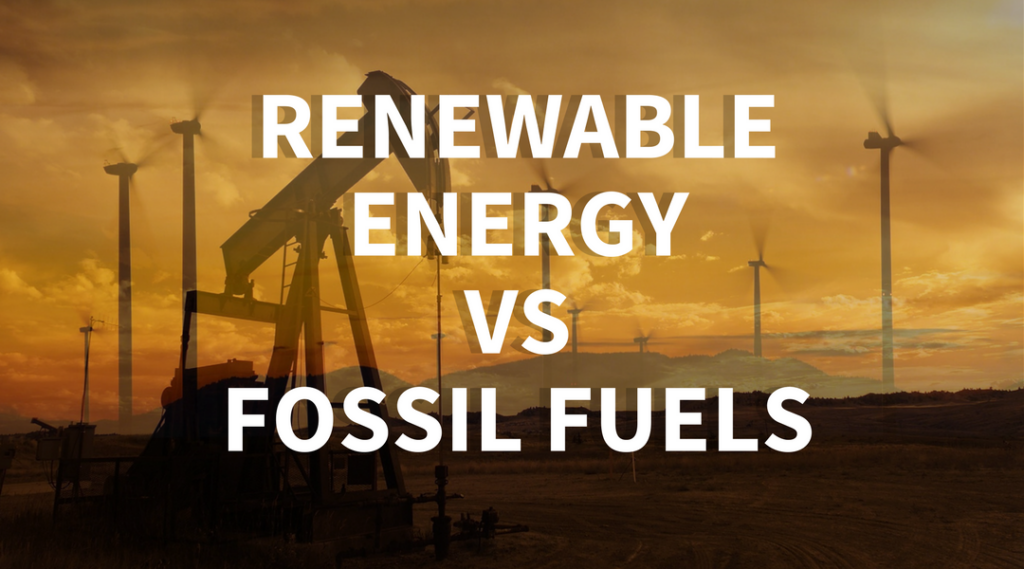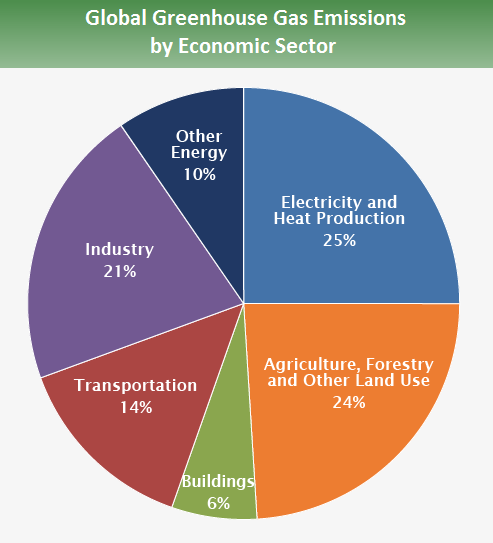The global energy landscape is undergoing a paradigm shift, with wind energy emerging as a formidable contender against traditional fossil fuel sources. This article will delve into an intricate comparison of the efficiency of wind energy in relation to fossil fuels, exploring various aspects such as conversion efficiency, environmental impact, and long-term viability.
As the urgency to combat climate change escalates, understanding the dynamics between these two energy paradigms is critical. We’ll examine not just the technical specifications but also societal implications and the future trajectory of energy consumption.
**Understanding Efficiency: The Basics**
Before diving deeply into the comparative analysis, it is essential to define what is meant by energy efficiency. In the context of energy production, efficiency refers to the ratio of useful energy output to the total energy input. For wind energy, this primarily involves the conversion of kinetic energy from wind into electrical energy through turbines. Meanwhile, fossil fuels, such as coal, natural gas, and oil, require combustion to release stored energy.
**The Conversion Efficiency of Wind Energy**
Wind energy conversion has a remarkable efficiency rate. Modern wind turbines can convert up to 50% of the wind’s kinetic energy into electrical power, a figure influenced by factors such as turbine design, wind speed, and atmospheric conditions. The Betz limit dictates that no turbine can capture more than 59.3% of the energy from the wind; contemporary technologies approach this saturation point.
In contrast, fossil fuel power plants have a significantly lower overall efficiency. Conventional coal-fired power plants average around 33%, while natural gas plants can achieve up to 60% efficiency when utilizing combined-cycle systems. Even so, these figures must be viewed critically, as they do not account for energy lost during extraction, transportation, and refining processes, which further diminishes the effective energy output.
**Environmental Considerations: Beyond Numbers**
When analyzing efficiency, it is paramount to consider the broader environmental ramifications of energy sources. Wind energy stands out for its minimal environmental footprint. Unlike fossil fuels, wind turbines produce electricity without emitting greenhouse gases during operation. Furthermore, they require significantly less water, addressing the critical issue of water scarcity often tied to fossil fuel extraction and processing.
Conversely, fossil fuel combustion generates substantial carbon emissions, contributing to global warming and air pollution. The extraction processes, notably hydraulic fracturing and coal mining, lead to environmental degradation, water pollution, and biodiversity loss that are increasingly recognized as unsustainable practices. The external costs associated with fossil fuel reliance often outweigh the immediate economic benefits observed in conventional energy estimates.
**Long-Term Viability: Sustainability and Resource Availability**
One of the most pressing questions regarding energy efficiency is rooted in long-term sustainability. Wind energy is technically inexhaustible as long as the sun shines and the wind blows. Its sustainability is enhanced through technology improvements, storage solutions, and grid integration. The declining cost of wind energy generation, driven by advancements in turbine technology and economies of scale, poses a compelling case for its continued adoption.
In stark contrast, fossil fuel reserves are finite. As we deplete easily accessible reservoirs, the economic and environmental costs of extraction escalate. Moreover, geopolitical tensions surrounding fossil fuel supplies further complicate their long-term reliability as an energy source. Hence, investing in wind energy not only offers immediate return benefits but ensures energy independence and stability for future generations.
**Economic Factors: The Cost of Energy**
The economic landscape surrounding wind energy and fossil fuels is rapidly evolving. Historically, fossil fuels have dominated due to established infrastructure and investment. However, the recent surge in renewable energy adoption has led to dramatic decreases in the cost of wind energy, making it one of the most cost-effective sources of electricity in many regions. The levelized cost of energy (LCOE) for wind has plummeted, often competing directly with traditional sources on price without requiring subsidies.
While fossil fuels may still appear less expensive at a glance, it is crucial to account for the hidden costs associated with health impacts, environmental degradation, and climate change mitigation. By embracing wind energy, regions can stimulate job creation, drive technological innovation, and enhance energy security, thus bolstering local economies.
**Conclusion: A Path Forward**
As society grapples with the reality of climate change and finite natural resources, the comparison between wind energy and fossil fuels becomes increasingly relevant. Evidence consistently shows that while fossil fuels have been the bedrock of modern energy consumption, wind energy offers a compelling alternative with higher efficiency, lower environmental impact, and sustainable development potential.
The transition toward renewable energy systems is not merely an environmental imperative but a necessary evolution for economic resilience and societal well-being. By prioritizing investment in wind energy infrastructure, we can pave the way for a cleaner, safer, and more sustainable future. The final question remains: are we ready to harness the full potential of these winds of change?



